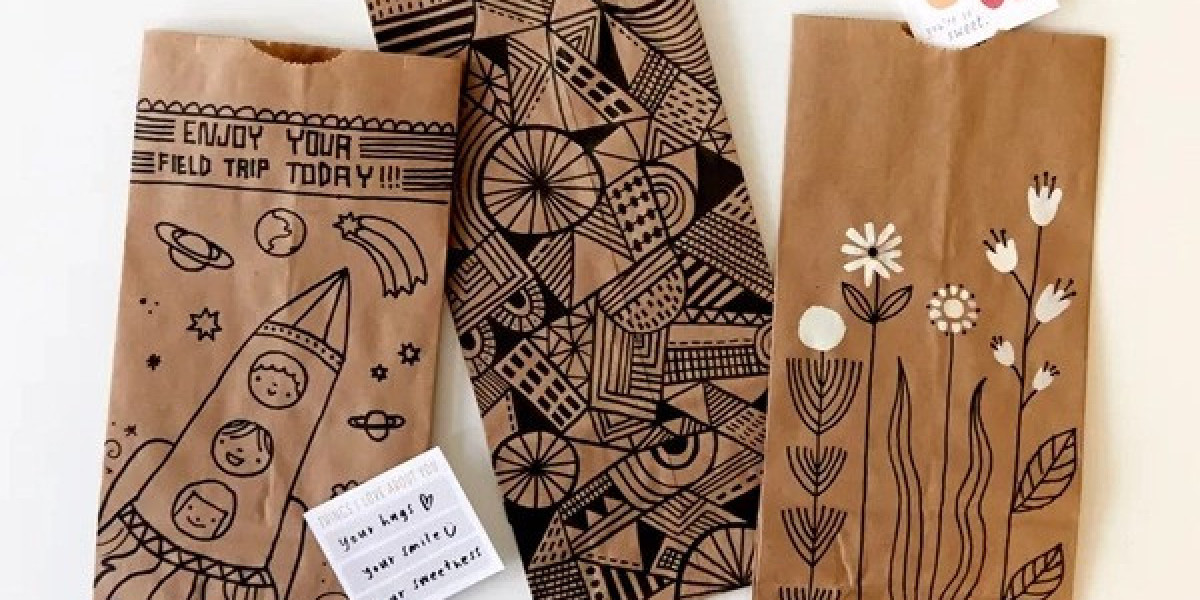In the realm of modern logistics, packaging plays a crucial role in cost reduction, sustainability, and supply chain efficiency. Among various packaging materials, Kraft packaging stands out due to its eco-friendliness, durability, and adaptability. Optimizing Kraft packaging for efficient logistics requires a strategic approach to design, materials, and supply chain integration. Below, we explore key factors in optimizing Kraft packaging to enhance logistics efficiency while reducing costs and environmental impact.
Understanding the Importance of Kraft Packaging in Logistics
pearlboxes.com is widely used in industries ranging from food and beverages to electronics and e-commerce. Its natural strength, biodegradability, and cost-effectiveness make it a preferred choice for businesses looking to balance sustainability with operational efficiency. However, optimizing its use in logistics requires considering multiple factors, including weight reduction, durability, storage efficiency, and recyclability.
Key Factors in Optimizing Kraft Packaging for Logistics
1. Choosing the Right Kraft Material for Durability
Selecting the appropriate Kraft paper grade is essential for ensuring protection during transit. Kraft packaging varies in thickness and strength, and selecting the correct material can help businesses avoid product damage and excess weight. Key types include:
Virgin Kraft Paper – High-strength material ideal for heavy-duty packaging.
Recycled Kraft Paper – More sustainable but may require reinforcement for fragile products.
Coated Kraft Paper – Offers additional moisture resistance and durability.
2. Optimizing Packaging Design for Space Efficiency
Effective Kraft packaging design ensures optimal space utilization in storage and transportation. Key strategies include:
Flat-pack design to reduce storage footprint.
Custom-sized packaging to eliminate unnecessary void space.
Stackable configurations for improved palletization and shipping efficiency.
Die-cut inserts to enhance product protection while reducing the need for additional packing materials.
3. Reducing Weight Without Compromising Strength
kraft boxes contributes significantly to lower shipping costs and carbon footprint. Businesses can achieve this by:
Using corrugated Kraft with fluting variations to balance strength and weight.
Implementing reinforced edges rather than increasing material thickness.
Reducing excessive layers while maintaining adequate cushioning.
4. Implementing Sustainable and Eco-Friendly Practices
Sustainability in packaging is now a business necessity rather than an option. Optimizing Kraft packaging to be more sustainable involves:
Using 100% recyclable Kraft paper.
Reducing harmful inks and coatings.
Encouraging closed-loop recycling programs to retrieve used packaging for repurposing.
Employing water-based adhesives for eco-friendly assembly.
5. Enhancing Supply Chain Integration
Optimized Kraft packaging should align with the broader logistics and supply chain strategy. Important integration steps include:
Standardizing packaging dimensions for seamless automation in warehouses.
Using barcode-ready and RFID-integrated packaging for better tracking.
Partnering with eco-conscious suppliers to maintain sustainability standards.
6. Improving Protective Capabilities for Fragile Goods
While Kraft packaging is known for its strength, certain products require enhanced protective features. These can be achieved through:
Cushioning inserts such as molded pulp or honeycomb Kraft structures.
Lamination or waterproof coatings for moisture-sensitive products.
Multi-layer Kraft board construction for heavy or fragile items.
7. Cost Efficiency and Bulk Packaging Solutions
Cost optimization is critical when scaling logistics operations. Businesses can enhance efficiency through:
Bulk purchasing of Kraft materials to reduce unit costs.
Standardizing packaging designs across multiple product lines.
Reducing returns and damages by strengthening packaging quality.
Future Trends in Kraft Packaging for Logistics
With evolving consumer expectations and regulatory policies, businesses must stay ahead of packaging innovations. Emerging trends include:
Smart Kraft packaging embedded with QR codes and NFC technology for improved logistics tracking.
Biodegradable coatings replacing traditional plastic laminates.
AI-driven packaging design optimization to reduce material waste.
Increased focus on compostable and reusable Kraft packaging solutions.
Conclusion
Optimizing Kraft packaging for efficient logistics requires a comprehensive approach that balances durability, weight reduction, sustainability, and supply chain integration. By leveraging the right materials, design principles, and eco-friendly practices, businesses can enhance their logistical efficiency while maintaining cost-effectiveness.







